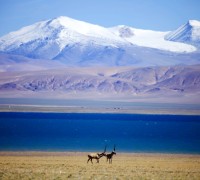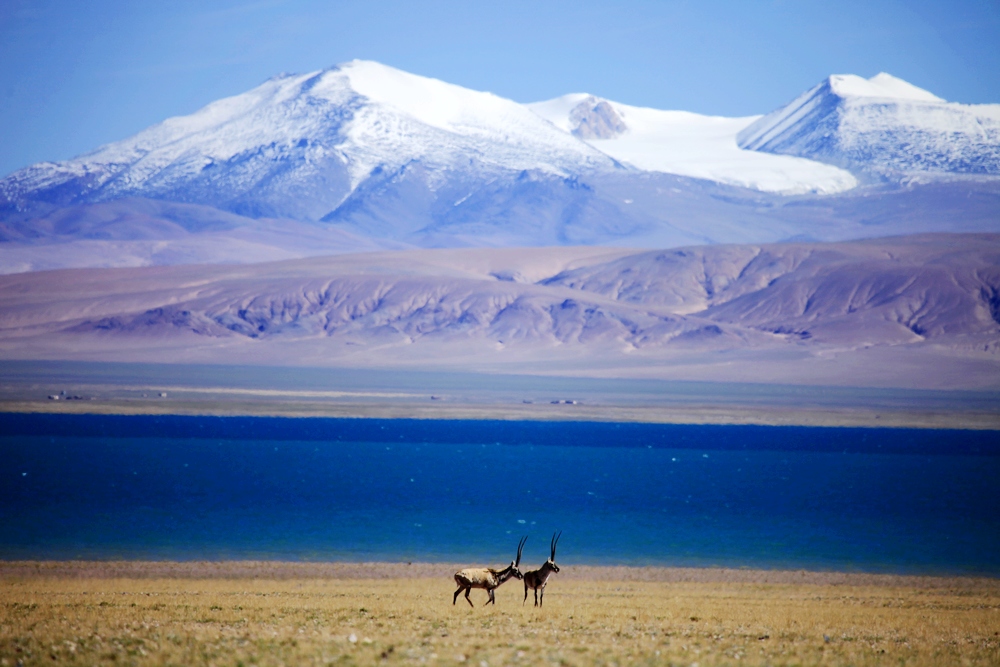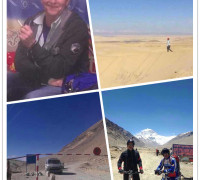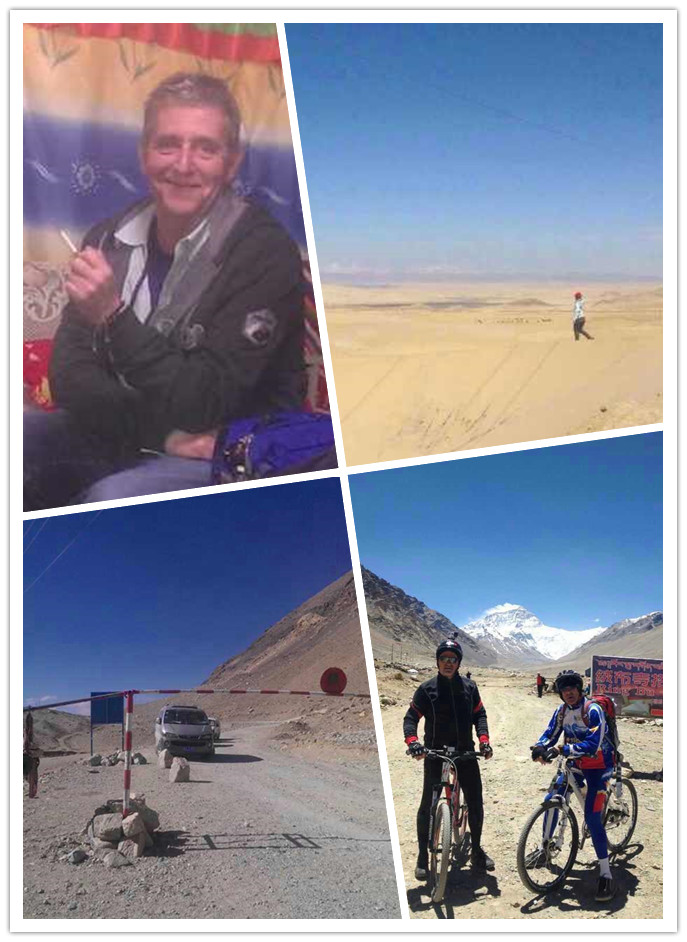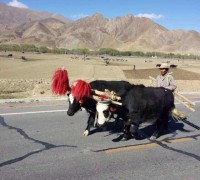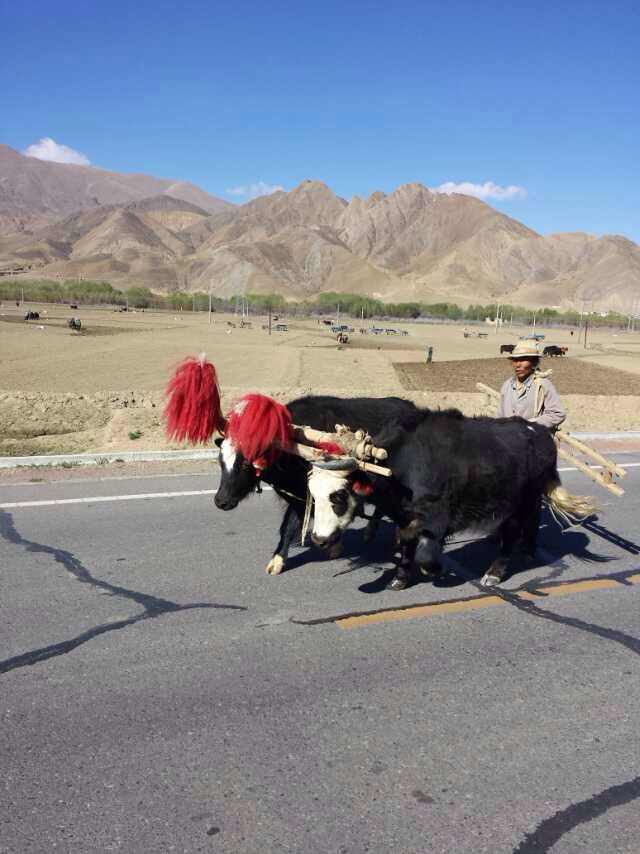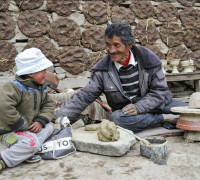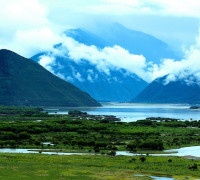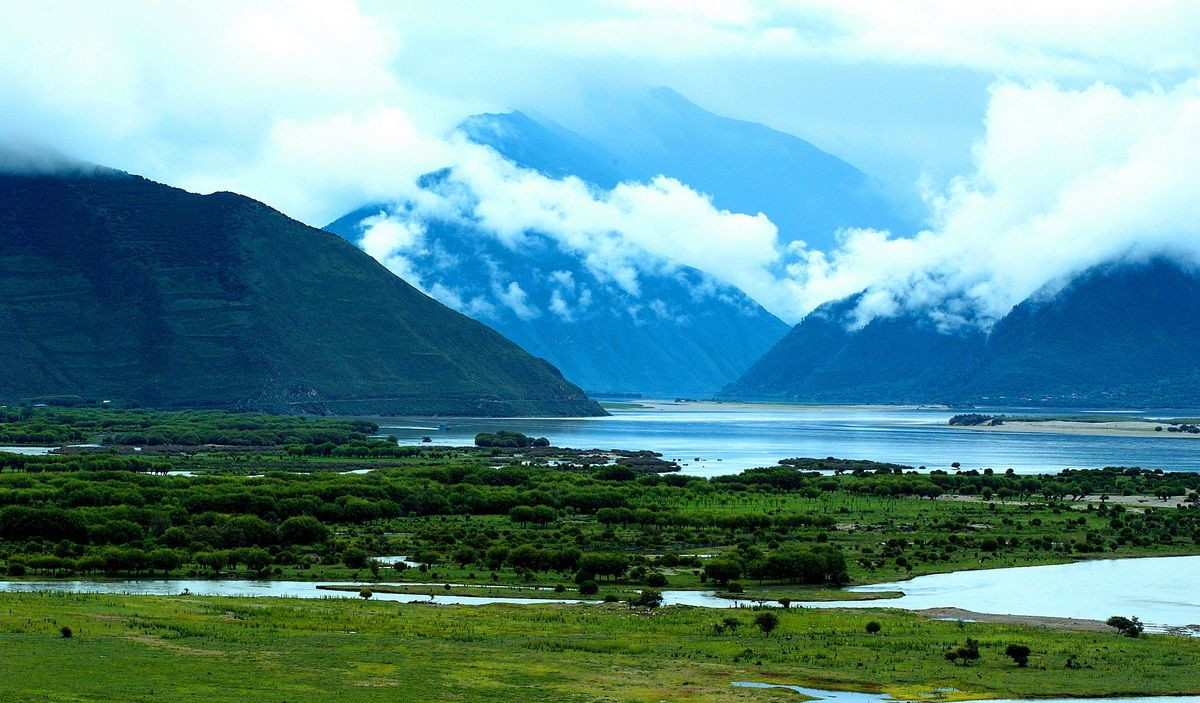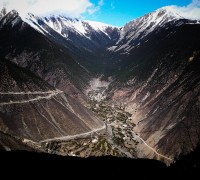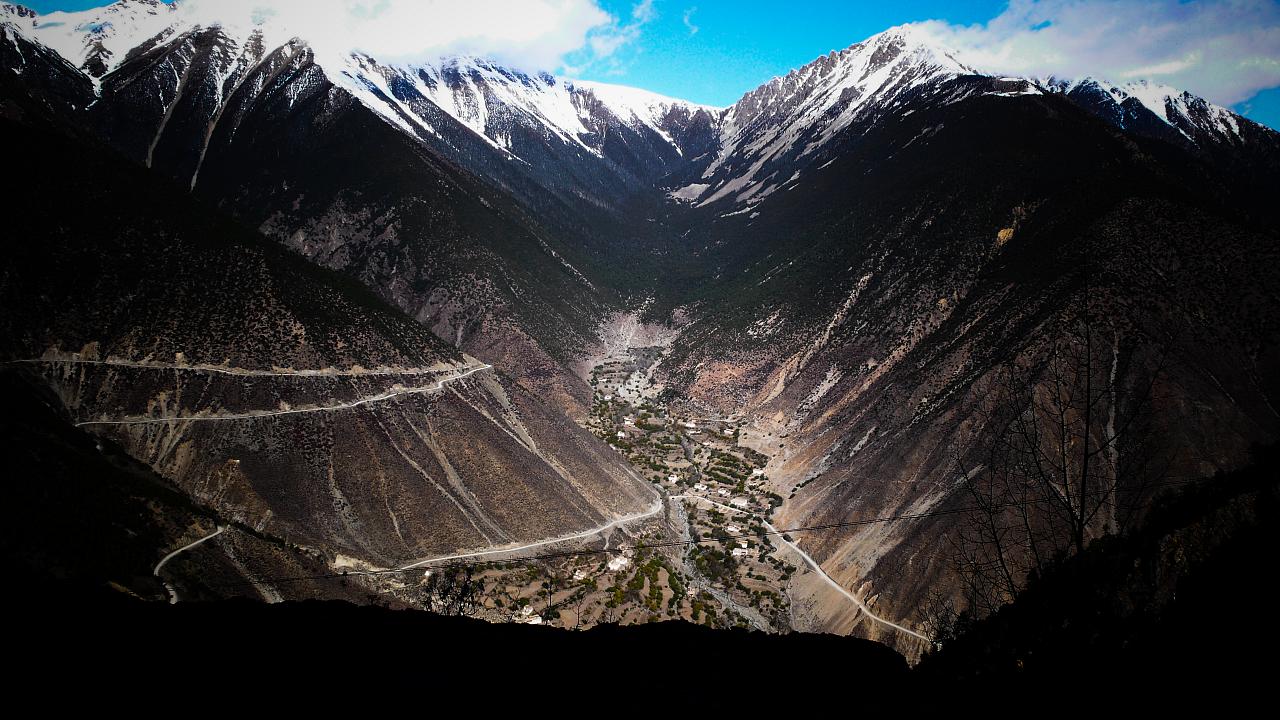Tibetan antelope have started migration in Nagchu Prefecture,Tibet.
Mao Shiping,the official with the Naque Forestry Bureau said that“the wildlife conservator has discovered that a total of 1,263 Tibetan antelopes were migrating on the way in the protection zone in the Co Nyi Special Administrative County, Nagchu Prefecture on May.4”.
“The Tibetan antelopes have launched their migration at the beginning of May, which has become ten days in advance than usual”,he added.
Mao recommended that the Tibetan antelopes usually begin their migration in the middle of May and will arrive in their destination on around May.20 or at the beginning of June.
Up to now,Tibet has set up 205 observation stations to monitor the migration of the Tibetan antelopes in the south of the protection area,he said,the wildlife observers will protect them on the way alongside the observation stations.

